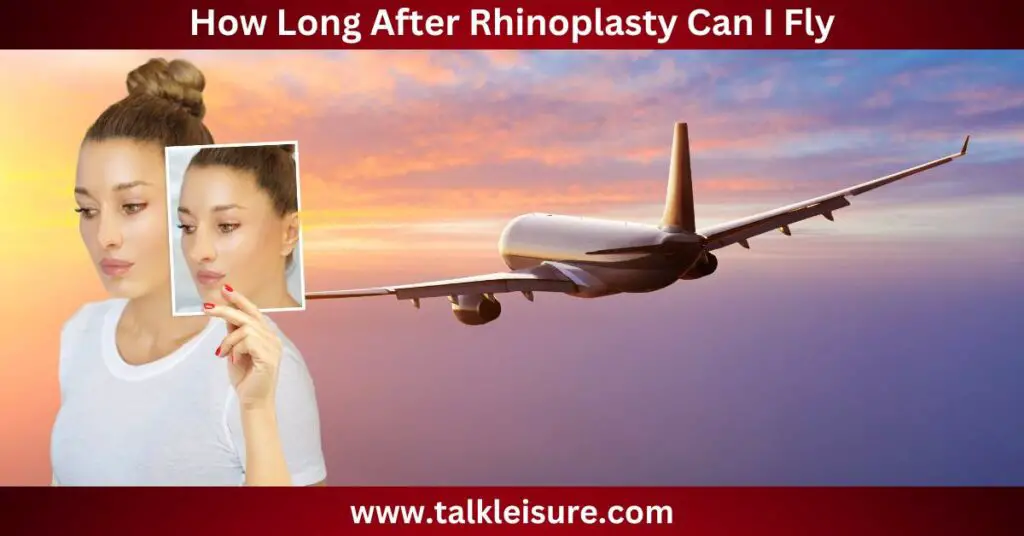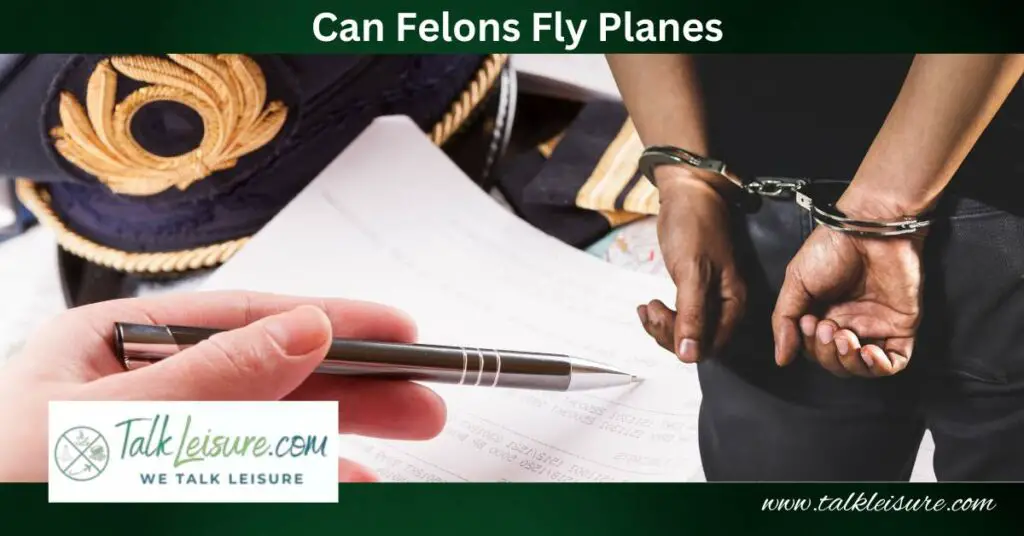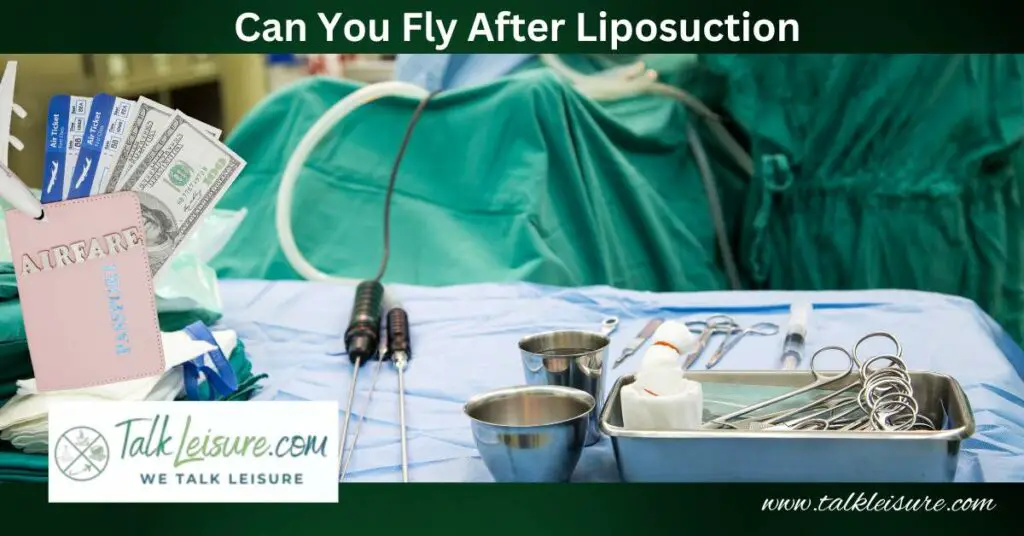Flying is an exciting experience, but not for those who recently underwent rhinoplasty surgery.
The thought of soaring through the sky and exploring new destinations can be tempting, but patients must wait for their surgeon’s green light before taking off.
Have you recently had rhinoplasty and are wondering when you can get back on a plane?
In this blog post, we’ll discuss the factors determining when you can fly after rhinoplasty and help you plan your next post-surgery trip.
So fasten your seat belts and keep reading!
When undergoing a rhinoplasty surgery to change the shape of one’s nose, it is important to follow post-operative instructions to ensure a successful outcome properly.
Flying after rhinoplasty is a common concern for patients, and it is best to consult with the surgeon for personalized advice.
Professional consultation is required when flying with a health issue like trigeminal neuralgia or after surgery.
Generally, it is recommended to avoid flying for at least one to two weeks after the surgery due to the risk of nosebleeds and pressure changes during the flight.
If it is necessary to fly during the second week of recovery, nasal decongestants can help alleviate discomfort.
Patients should also limit strenuous activities, including exercise and nose blowing, to aid healing.
It may take several weeks for swelling and bruising to subside fully, and patients should consult their surgeon for any specific concerns or recommendations.
What Is Rhinoplasty

Rhinoplasty is a cosmetic surgery that aims to improve the shape and structure of the nose.
This procedure involves adjusting the nasal cartilage and bones and may include adding tissue to achieve the desired changes.
As one of the most complicated cosmetic surgeries, it is important to follow the surgeon’s postoperative instructions carefully.
Patients are advised to avoid strenuous activities, wear glasses, and get facials for several weeks after the surgery.
They may also need to limit certain movements, such as blowing their noses and bending down repeatedly.
Flying after rhinoplasty should also be reviewed with the surgeon, as air pressure changes during the flight may increase swelling and discomfort.
Apart from rhinoplasty and other surgeries, even after injecting lip fillers, it is recommended to take medical approval before flying.
What Are The Risks Of Flying Soon After Rhinoplasty?
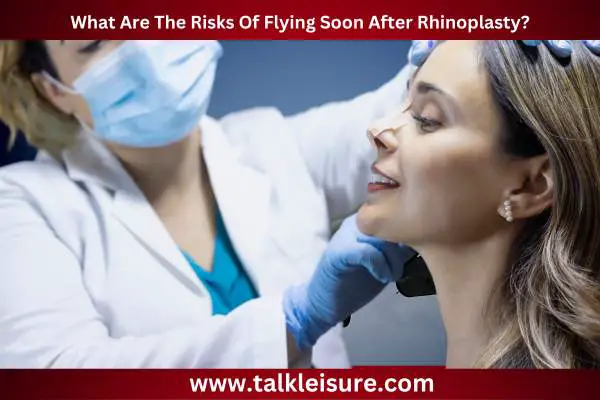
Flying soon after rhinoplasty can be risky and increase swelling in the nose.
It is recommended to wait at least one week before flying and up to three to four weeks until swelling has subsided and normal activities can be resumed.
Changes in air pressure during flights can worsen swelling and even lead to excessive scar tissue formation, which can impact the overall comfort and results of the surgery.
Out-of-town patients or those with travel plans during the recovery period should take precautions such as taking a nasal decongestant before takeoff and having a saline nasal spray on hand.
It is important to follow the plastic surgeon’s instructions to ensure a safe and successful recovery.
How Long After Rhinoplasty Can You Fly
After undergoing rhinoplasty, following specific guidelines during the recovery phase is important.
One of the most commonly asked questions is, “How long after rhinoplasty can you fly?”
Generally speaking, waiting at least one week before taking a flight after rhinoplasty surgery is recommended.
This is because the swelling is common for the first seven to ten days after the operation, lasting up to three months in some cases.
Flying can cause additional swelling and increase the risk of long-term swelling and excessive scar tissue.
If you must fly before complete recovery, taking a nasal decongestant and saline nasal spray can help ease the discomfort, but expect some renewed swelling lasting for a few days.
Moreover, the lack of air pressure on board the plane may cause an increase in swelling.
If you must fly shortly after your surgery, there are some tips to make your journey comfortable, such as using a nasal spray to reduce the risk of a nosebleed or chewing gum to reduce congestion in your sinuses and ears.
Regardless of the reason, it is essential to prioritize your health and recovery after rhinoplasty.
You may take cosmetic tools like tweezer when flying. However, clarify from your doctor how soon after rhinoplasty can you use facial tweezers.
What Are Factors To Consider When Deciding How Soon You Can Travel After Rhinoplasty?
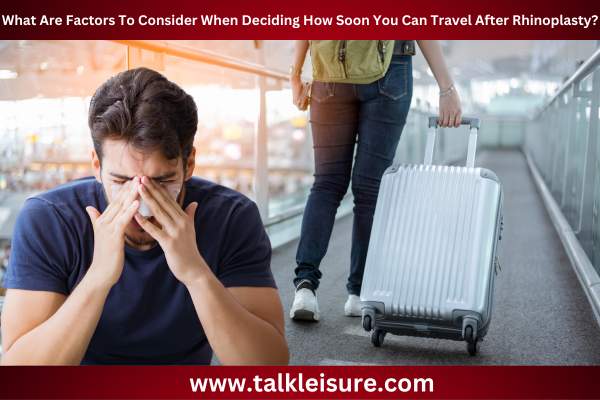
When considering when to travel after rhinoplasty, it’s important to consult with your surgeon to discuss your unique situation.
Factors to consider include your overall health, the details of your procedure, and any practical considerations, such as travel plans.
Ideally, patients should wait at least 48 hours after surgery before traveling.
However, it may be necessary to postpone travel if the patient is at high risk for bleeding or experiencing persistent nausea.
In addition, flying too soon after rhinoplasty can aggravate sinus pressure and result in swelling and discomfort.
Patients should also take precautions such as using nasal spray and chewing gum to alleviate congestion during the flight.
Ultimately, the decision to travel should be made in consultation with your surgeon to ensure a safe and comfortable recovery process.
How Can You Manage Swelling And Discomfort During Air Travel?

When planning air travel after rhinoplasty surgery, taking precautions to minimize swelling and discomfort is essential.
The changes in air pressure during a flight can aggravate the swelling and nasal congestion caused by surgery, making the flight unpleasant.
To manage swelling and discomfort, surgeons recommend taking pain medication before the flight and using nasal sprays and/or nasal decongestants to reduce inflammation.
Saline sprays help hydrate nasal tissues, and chewing gum can alleviate ear pain.
It’s also essential to avoid touching the nose while on the plane and to keep the head elevated during the flight.
For the best results, waiting at least two weeks after the procedure before flying is recommended, but in emergencies, patients should consult their surgeon first.
What Are Precautions And Safety Measures You Should Take When Flying After Rhinoplasty?
When flying after rhinoplasty, taking certain precautions and safety measures is essential.
Patients should wait a minimum of one week after surgery before flying.
After the removal of the nasal splint, patients may be allowed to fly after 5-7 days.
However, avoiding air travel for a longer period is recommended if possible.
Patients should also consult with their surgeon before flying and obtain a fit-to-fly certificate.
The low air pressure in the airplane cabin can cause increased swelling and discomfort. Patients should keep their heads elevated and take decongestants before flying to avoid this.
It is important to avoid strenuous activities and limit physical activity for at least two weeks after surgery.
Following these precautions will ensure a safe and successful recovery after rhinoplasty.
Is It Important To Follow Surgeon’s Advice After Rhinoplasty

Following a plastic surgeon’s advice after rhinoplasty is essential for a successful and safe recovery.
Strenuous activities like excessive exercise, bending down, and blowing the nose should be avoided to minimize swelling and bleeding.
Direct sun exposure should also be avoided to prevent pigment deposits.
After rhinoplasty, there is a recommended waiting period before flying due to changes in air pressure that may increase swelling and risk long-term swelling.
Final Thoughts
In conclusion, waiting at least one week before flying after rhinoplasty is recommended.
Swelling and changes in air pressure during the flight can increase swelling and potentially impact results.
It is better to wait until swelling has subsided and normal activities have resumed, typically three to four weeks after the procedure.
If flying within the first few weeks of recovery is necessary, precautions such as taking a nasal decongestant and a saline nasal spray should be taken.
It is important to follow your plastic surgeon’s advice to ensure a safe and beneficial recovery period.
If considering rhinoplasty, consultation with a reputable plastic surgeon can provide more information on recovery and flying after this procedure.
FAQS
How Do I Know If Rhinoplasty Is Completely Healed?
After a rhinoplasty procedure, it is essential to avoid strenuous activities, such as exercise and nose-blowing, during recovery to prevent swelling and bleeding.
Patients must limit their movement to reduce swelling and bleeding, which can expedite the recovery period.
The recovery period is usually complete after six weeks, during which patients can start performing physical activity without discomfort.
For high-risk contact sports, avoiding these activities for three months after the procedure is best.
Ultimately, consulting with an experienced surgeon to get personalized advice about the recovery process is essential.
Does Sneezing Cause Pain After Rhinoplasty?
After rhinoplasty, patients should avoid sneezing, as it can cause pain and discomfort in the nose.
Sneezing puts pressure on the area, which can cause bleeding or damage to the delicate tissues and structures that have been reshaped during the surgery.
Sneezing can dislodge or move the internal sutures, which can impact the final results of the procedure.
It is crucial for patients to take precautions to avoid sneezing after surgery, such as using medication, nasal sprays, or simply avoiding allergens or irritants that trigger this reflex.
How Long Will I Feel The Numbness After Rhinoplasty?
After rhinoplasty surgery, patients may experience numbness in their noses and surrounding areas.
This numbness can last several weeks to months, depending on the individual’s healing process.
The nerves in the nose can take time to regenerate, causing the numbness to persist.
Patients should not be alarmed if they feel numb beyond six months post-surgery.
Following the surgeon’s aftercare instructions is important to ensure a smooth recovery. T

